Abdurrasheed Ibrahim, who was known as the first political representative of the Russian Turks, was born in Siberia on April 23rd, 1857. Ömer Efendi, the father of Abdurrasheed Ibrahim was known for his patriotism, while his mother Afife Hanım was from amongst the Başkurt Turks. Abdurrasheed Ibrahim, whose childhood was spent within a religious, disciplined and reformist environment, continued his education in madrasahs (Islamic theology schools) in the surrounding towns. He received his education from various scholars. He taught as a religious teacher and qadi (muslim judge) and taught in madrasahs. He also became known for the journeys he undertook within the muslim world between the years of 1907-1910. The traveller, who began his journey in Turkistan, Bukhara, Samarkand and Yedisu, continued on to visit Siberia, Mongolia, Manchuria, Japan, Korea, China, Singapore, the Indian Ocean Islands, India and finally came to Istanbul through Hijaz. Istanbul, the capital city of the Ottoman State, became an important part of the life of Abdurrasheed Ibrahim. What he had experienced in this city forever stayed on his agenda as he had completed his journey in Istanbul, where it had initially begun it.
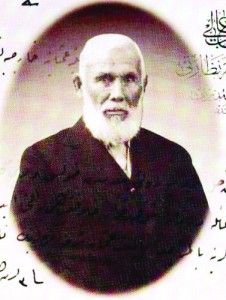 ON THE SULEYMANIYE LECTERN
ON THE SULEYMANIYE LECTERN
The World of Islam and the Spreading of Islam in Japan, the work of Abdurrasheed Ibrahim who had compiled his famous travel memoirs and completed it in three years, had also become a source of inspiration within the works of Mehmet Akif Ersoy, the author of the Turkish National Anthem. In his complete works of poetry Safahat, Mehmet Akif begins with the description of the Suleymaniye Mosque within the work titled On the Suleymaniye Lectern. He continues his work with the narration of an Uzbek-born sermon’s observations during his travels throughout the muslim world and his observations of the religious, social and political situations of the Ottoman nation and other muslims geographies of the time. The sermon mentioned within this work is Akif’s friend, Abdurrasheed Ibrahim. In other words, Akif had written his work On the Suleymaniye Lectern directly from the experiences he heard from Abdurrasheed.
Years In Japan Abdurrasheed Ibrahim, who had devoted his life to the promotion of Islam, had undertaken many journeys from Europe to the Far East in order to spread his political views. In this regard, he had taken many important steps to promote Islam in Japan. Apart from being the first known individual to have preached Islam in Japan, he also played a crucial role in the opening of the Tokyo Mosque in 1937. The mosque had been demolished by the Embassy of Turkey in 1985 due to a risk of collapse, but was not reconstructed again. In 1939, Islam was accepted as an official religion by Japan due to the efforts of Abdurrasheed Ibrahim. The efforts in Japan of Abdurrasheed Ibrahim, who was granted Ottoman citizenship in 1912, was also supported by the Ottoman State. He also worked as an Ambassador of the Ottoman State with the research he had undertaken on Russian-Japanese relations and delivered them to Istanbul. Abdurrasheed Ibrahim, who is a prominent name in the introduction of Islam to Japan, passed away on August 17, 1944 in Tokyo and was buried in the Tamareien cemetery.
Mehmet Akif’s Inspiration: Abdurrasheed Ibrahim
He was a journalist-author, politician, educator and traveller. He was an individual supported by the Ottoman State. Most importantly, he was a man of ideology whose life was devoted to the spreading of Islam.


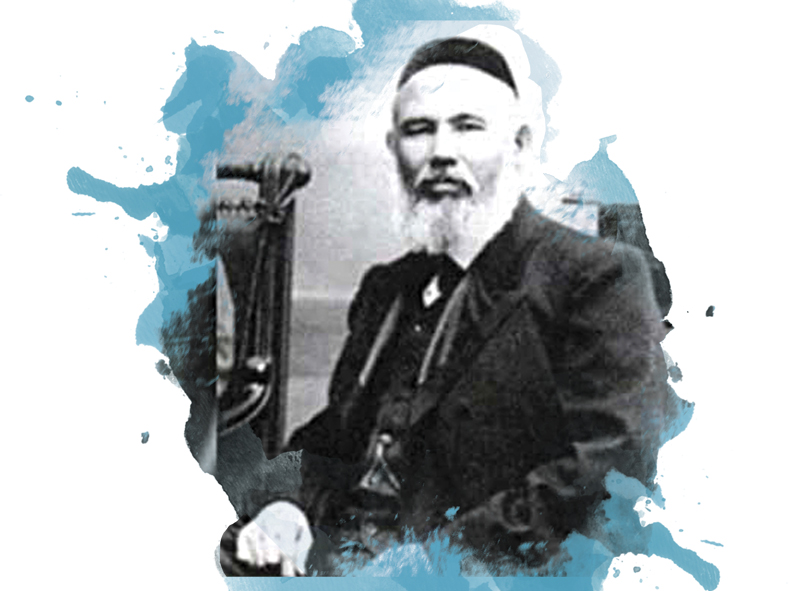
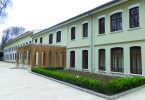


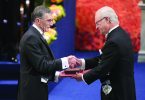
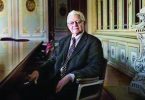

Leave a Comment